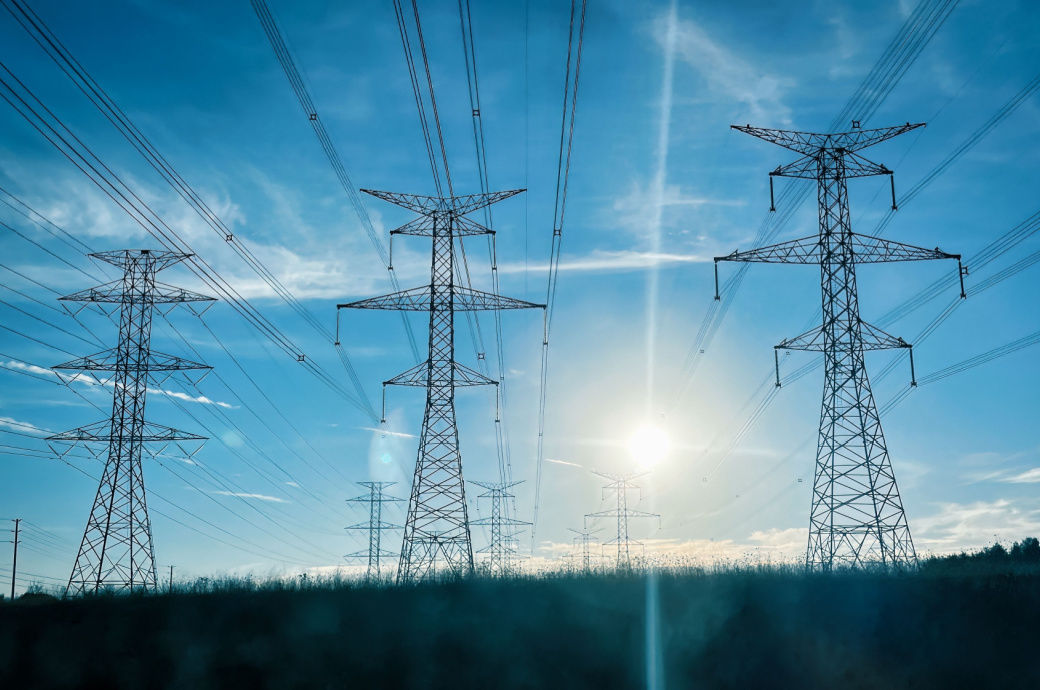PM launches Cambodia's National Energy Efficiency Policy 2022-2030

Insights
- Prime Minister Hun Sen has launched Cambodia's National Energy Efficiency Policy 2022-2030 to reduce energy consumption by boosting energy efficiency.
- Its target is to reduce energy consumption—thermal and electrical—by at least 19 per cent from 89,837 GWh now to 72,470 GWh by 2030.
- Specific targets have been set for each and every energy consumption sector.
The country’s per capita electricity consumption grew at 18 per cent year on year during 2010-2019, while electricity demand rose more than four-fold during the period.
Apart from saving energy, Hun Sen said the benefits of energy efficiency are multi-fold and across multiple sectors.
“Energy efficiency also strongly supports our ambition to lower Cambodia’s dependency on energy imports and reduce the need for investments in new energy infrastructure, which will eventually result in a reduction of end-user energy prices,” he was quoted as saying by Cambodian media reports.
The policy aims at making Cambodia a strong, vibrant and competitive economy while fostering sustainable development, he added.
The policy was formulated after a thorough review of international best practices and by taking into account the specific circumstances of the country, including past and future energy consumption trends, availability and affordability of energy efficiency technologies and investment requirements, Suy Sem, minister of mines and energy, said.
Specific targets have been set for each and every energy consumption sector. The highest (34 per cent) is for the residential sector, while the lowest (5 per cent) has been set for the transport sector.
The financial instruments that will be used to mobilise finance for energy efficiency include fiscal and non-fiscal incentives, dedicated funds for energy efficiency, carbon finance instruments, green bonds along with international climate and clean energy funds.
The steps will also include establishing a monitoring and evaluation system and a data management system.
Fibre2Fashion News Desk (DS)
































-Ltd..jpg?tr=w-120,h-60,c-at_max,cm-pad_resize,bg-ffffff)





.jpg?tr=w-120,h-60,c-at_max,cm-pad_resize,bg-ffffff)
.jpg?tr=w-120,h-60,c-at_max,cm-pad_resize,bg-ffffff)






